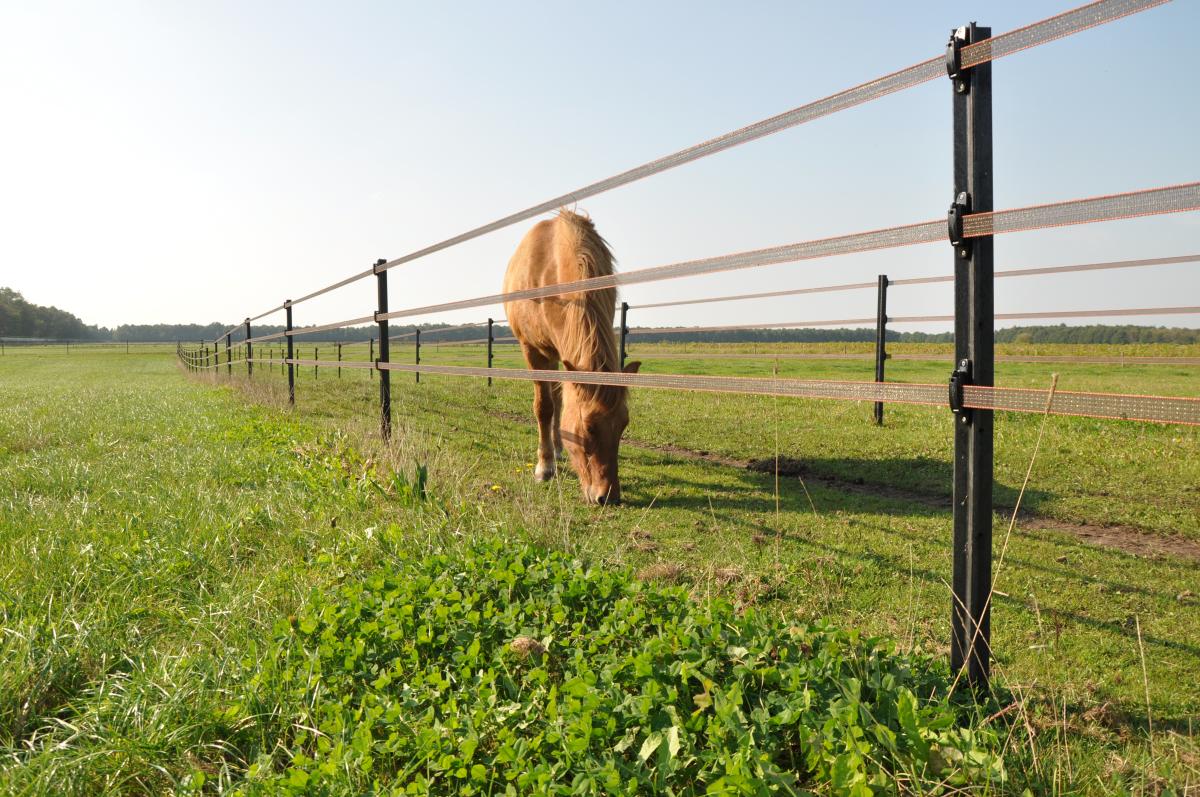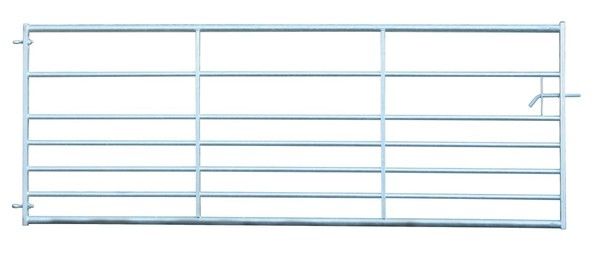
Taking care of your pasture throughout every season is critical to keeping your horses happy and healthy. However, it's important to be aware of the impact their grazing habits and size can have on the grassland.
In this article, we will delve into the best practices of seasonal equine pasture management, highlighting key considerations such as providing a nutritious and safe environment, promoting healthy grazing habits, and reducing the risk of common equine health issues.
What is equine pasture management?
Equine pasture management refers to the practice of effectively and sustainably managing pastures and grazing areas for horses. It can be both time and labour-intensive, and should always be considered as a long-term investment which will guarantee the health and wellbeing of your horses.
Seasonal Pasture Management for Horses
Spring (March to May) Checklist
At the beginning of Spring, a thorough assessment of your pasture is crucial, focusing on erosion, compaction, and weed growth. Addressing these issues as a priority is important so you can prepare the land for growth. This may involve:
- Soil analysis to determine nutrient levels and overall pasture health.
- Using a chain harrow to remove dead grass or rooted weeds to help even out poached areas.
- Re-seeding/ over-seeding and rolling areas of the pasture that may have become boggy throughout the colder months.
- Applying nutrient-rich slow-release fertiliser to aid verdant grass growth, targeting specific elements such as Nitrogen, Phosphorus and Potassium.
- Regular mowing to encourage healthy grass growth and prevents the dominance of unwanted vegetation.
Remember to keep horses off the pastures until they have recovered from the Winter. Reintroduce them gradually as some horses may have a sensitivity to spring grass causing unwanted illnesses such as Laminitis. Once reintroduced, start your grazing rotation.
Summer (June - August) Checklist
As your grass will be non-dormant in the summer months, it is a good time to evaluate your pastures. Pay attention to signs of drought stress, weed growth, and overgrazing. Frequent pasture rotation is necessary to prevent overgrazing and allow for regrowth.
Other key considerations include:
- Weed control, especially poisonous plants. It is essential to remove any toxic vegetation, such as ragwort, either by uprooting them or using horse-safe herbicides. Monitor their lifecycles so you can keep them in control next growing season.
- Topping the pasture by cutting the long, stalky grass and rough areas helps promote the growth of denser turf and prevents the risk of colic.
- Providing adequate shelter to your horses during the hottest periods of the day. Natural trees, hedges, or man-made shelters should be considered to offer protection from the intense summer heat.
- Implementing effective fly control and regular manure removal is important to reduce parasite contamination and maintain a hygienic environment.
Autumn: (September - November) Checklist
Gradually reducing grazing time in Autumn allows the pasture to recover and offers an opportunity to re-seed pastures due to a lack of weed pressure.
Key tasks throughout this season include:
- Sectioning off areas in your paddock and rotating your pasture will ensure the ground does not become over-grazed; it will also help mitigate compaction.
- Searching for acorns and sycamore seeds, and controlling weeds such as ragwort.
- Maintaining proper drainage. Clearing ditches of plants and debris helps ensure water flow and prevents water-logging. Checking water through pipes and insulating them in preparation for winter prevents freezing and ensures a reliable water supply for the horses.
- Planting new hedges and trees, if needed. However, it is important to choose species that are safe for horse paddocks to avoid any potential hazards.
Winter (December to February) Checklist
Winter is the best time to take a step back, assess your pasture and devise new strategies for the upcoming growing season. As renovating a pasture is a process that lasts multiple growth cycles, it’s important to understand if you are on track and what you need to do to be more efficient.
Key actions to consider in the winter months include:
- Planning for pasture rotation and utilising stress lots to help protect the pasture from excessive damage caused by winter conditions.
- Considering overseeding bare or worn areas of the pasture can promote improved regrowth in the following Spring.
- Inspecting and repairing fences before winter is essential to ensure horse containment and prevent any accidents or escapes.
- Checking the water source daily for freezing and ensuring the availability of shelter, especially when natural shelters like trees have lost their leaves.
- Implementing parasite control measures as certain parasites may still be active.
- Providing adequate forage and hay storage should be prepared to meet the horses' nutritional needs throughout the colder months.
It is important to note that resting paddocks or designating a specific field for winter turnout, if possible, should be considered, with preference given to fields with the best drainage.
If you’re seeking expert equine pasture management advice and looking for guidance in relation to fencing, equine health, water and drainage or tools and equipment, we’re here to help. Get in touch with one of our advisors today.


